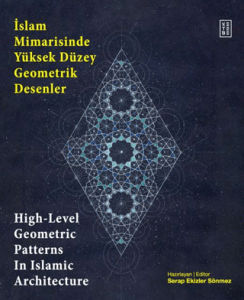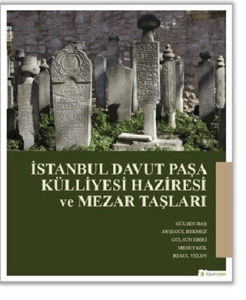
The book narrates the history of former church of Hagia Sophia (Ayasofya Museum). Its major chapters are the First Hagia Sophia, the Second Hagia Sophia, Nika Riots and the Third Hagia Sophia.
The task of constructing the new church was given to Anthemius of Tralles (today's Aydın in western Turkey), and the elder Isidorus of Miletus. It is surprising that there is no information about any other building either of these architects built. In the ancient sources they are referred to not as architects but engineers (mechanapoioi), in the sense of those who teach and profess various arts and designs and know how to bring new solutions to problems.
Byzantine architects had been familiar with the construction of domes, but a dome of approximately 33 m in diameter that was not resting on solid walls had not been built before. Until that time a building of even half of Hagia Sophia's size had not been constructed, and it has been suggested that no architect of the time could have calculated the thrust that would be generated by a masonry dome of that size. The application of a dome of such size on a square bay and the use of halfdomes and pendentives – as often mistakenly thought their use was not something revolutionary – confirm the talents and courage of the two architects.
The book narrates the history of former church of Hagia Sophia (Ayasofya Museum). Its major chapters are the First Hagia Sophia, the Second Hagia Sophia, Nika Riots and the Third Hagia Sophia.
The task of constructing the new church was given to Anthemius of Tralles (today's Aydın in western Turkey), and the elder Isidorus of Miletus. It is surprising that there is no information about any other building either of these architects built. In the ancient sources they are referred to not as architects but engineers (mechanapoioi), in the sense of those who teach and profess various arts and designs and know how to bring new solutions to problems.
Byzantine architects had been familiar with the construction of domes, but a dome of approximately 33 m in diameter that was not resting on solid walls had not been built before. Until that time a building of even half of Hagia Sophia's size had not been constructed, and it has been suggested that no architect of the time could have calculated the thrust that would be generated by a masonry dome of that size. The application of a dome of such size on a square bay and the use of halfdomes and pendentives – as often mistakenly thought their use was not something revolutionary – confirm the talents and courage of the two architects.





















